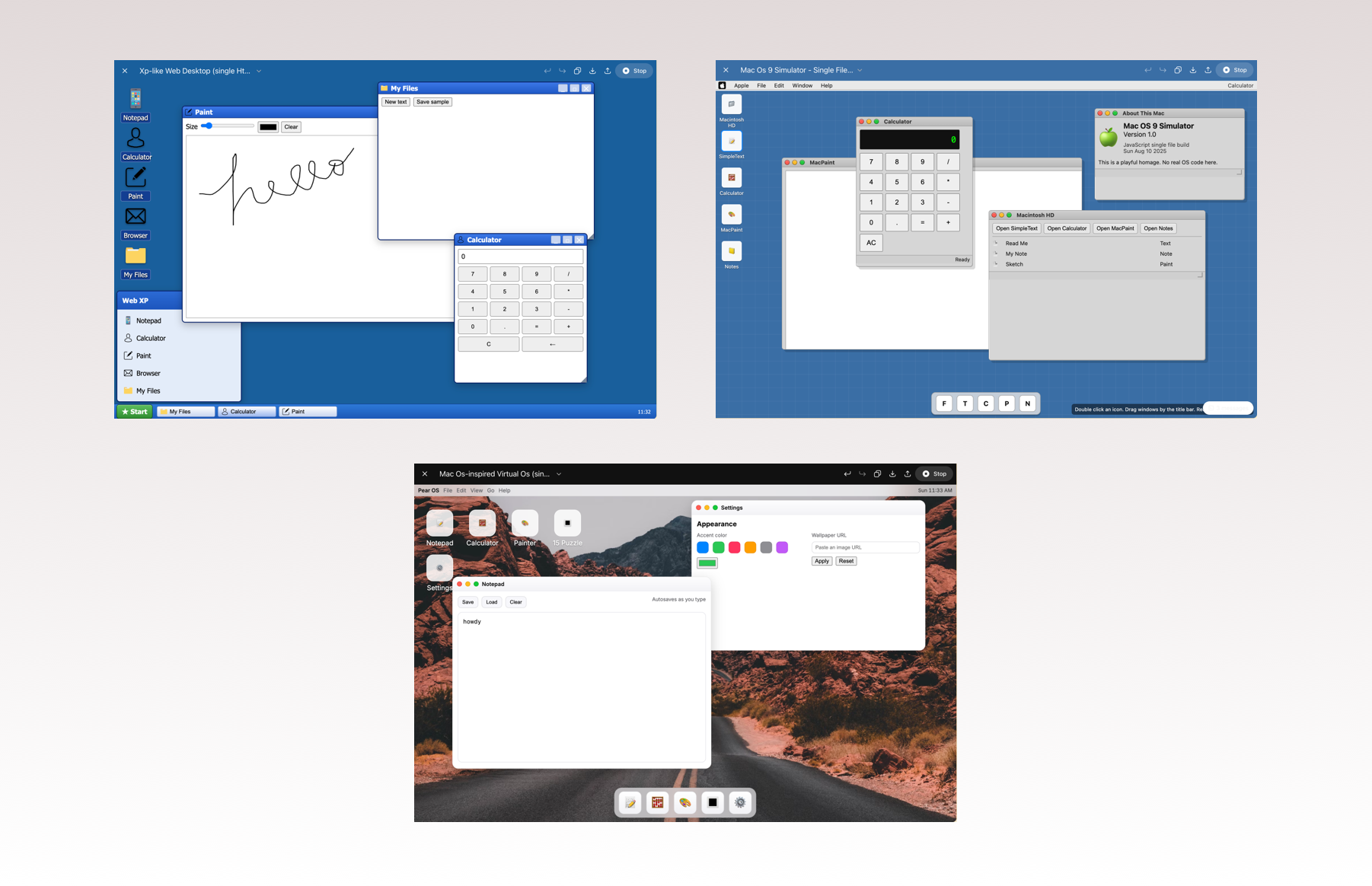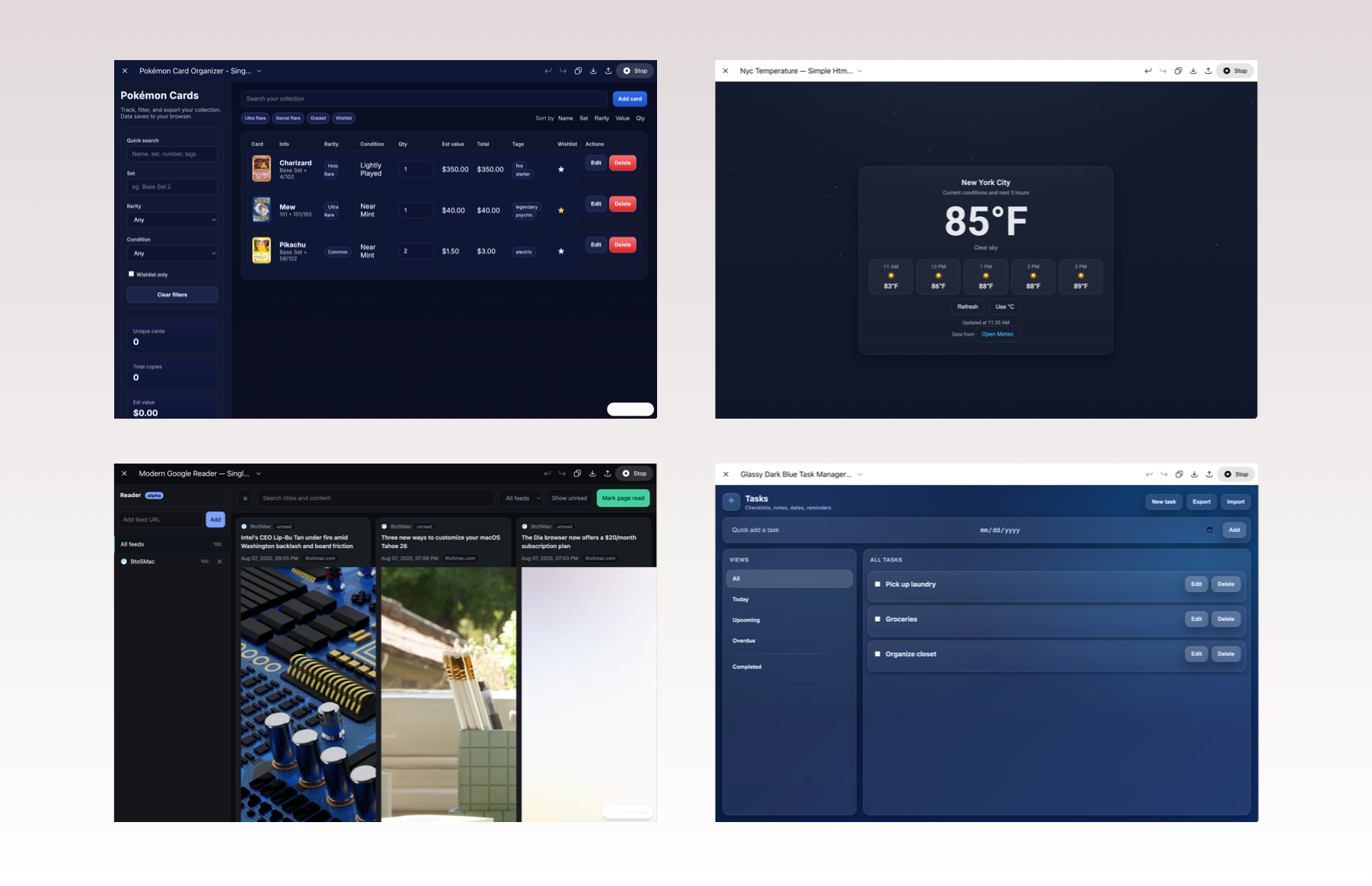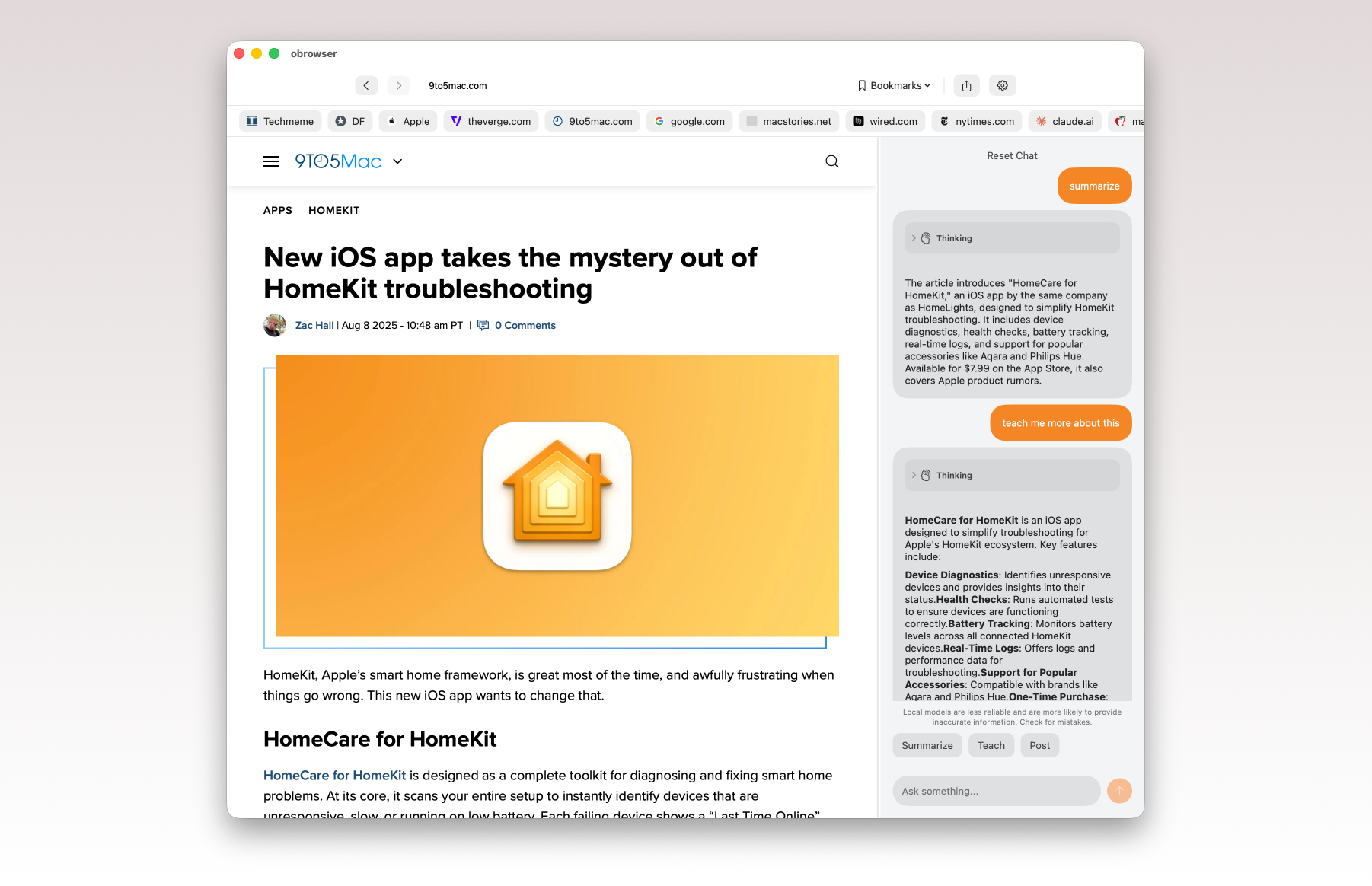GPT-5 Pushes Vibe Coding Beyond My Wildest Dreams

I’ve spent the past 6 months learning how to vibe code both native and web applications after spending copious amounts of time figuring out the very best way for me to prompt each large language model. It’s been a busy year for me personally and I’ve spun up tons of projects that I hope to someday actually ship, either as fully built tools or as downloadable projects on Github. Most of the work that I’ve done has been working with GPT-4o, the o4 series of models, and various Claude models. They’ve been really good at helping me get started, at crafting the bones of each thing that I have wanted to make. But they haven’t been great at designing user experiences and every couple of prompts I would run into a bug that broke the app. I’ve been anxiously awaiting GPT-5 specifically for these two reasons and I was holding out hope that it would impress.

The good news is that GPT-5 is simply amazing. Not only does it design beautiful user interfaces on its own without even needing guidance, it has also been infinitely more reliable. I couldn’t even count the number of times I have needed to work with the older models to troubleshoot errors that they created themselves. Thus far, GPT-5 has not caused a single build error in Xcode. I am genuinely stunned at the efficiency with which I can now vibe code iOS and macOS apps. Beyond native apps, it can so some incredible things on the web. In some cases, with just a single prompt. It genuinely feels magical to me. I’ve been able to create full web-based simulations of Windows, macOS, and an iPod. I’ve built a great functional weather app, imagined a modern Google Reader, made my own platformers, created full task managers, even a Pokemon card organizer. I’ve been saying for about a year now that I believe the future of computing is software on demand. GPT-5 might just have made that a reality. It’s certainly at least the first glance at a future where that’s the case.

Perhaps the most amazing thing that I’ve been able to do with GPT-5 so far is bring one of my recent ideas for a macOS web browser that uses local models for contextual chat to life. I started the project with 4o a few days ahead of the launch of 5, but development has been absolutely effortless post GPT-5. It’s better at actually implementing design-first solutions rather than simply technical ones. It’s solved complex problems super quickly. One of the issues I was having pre-GPT-5 was getting the local models to parse the content of the open webpage. GPT-5 fixed it almost immediately. I’m pretty excited about this particular project, especially with the advent of the new AI web browsers like Comet and Dia. Both of these browsers are going to push you towards subscriptions, but the better local models get the more useful they could be for this particular use case. OpenAI’s new open weight models, also introduced this past week, are really good at local reasoning. They show a glimpse at the future of what local models might be able to do on devices with the right horsepower.

At the moment, my browser is fairly buggy but that’s to be expected this early in the process. That being said, it’s actually functional. You can browse the web, save bookmarks, have tons of tabs, and chat with local models installed via Ollama. I’ve built preset tools for summarization, learning, and post writing into the chat. So far I’ve made it so that the browser can use a variety of models, from the new gpt-oss:20b to gemma 3 to qwen. Keep in mind, I’ve built this super advanced application without the ability to write it from scratch. As much as I can understand what code is when I’m looking at it, I just can’t write it. Vibe coding has opened up a whole new world for me. I’ve spent more than a decade designing static concepts, but now I can make those concepts actually work. It changes everything for someone like me. And GPT-5 just unlocks even more capabilities. It’s truly spectacular. And despite not being perfect, it’s smart enough to become your partner who can relentlessly iterate until you land exactly where you want. It’s all that much more exciting when you remember that we’re just getting started.